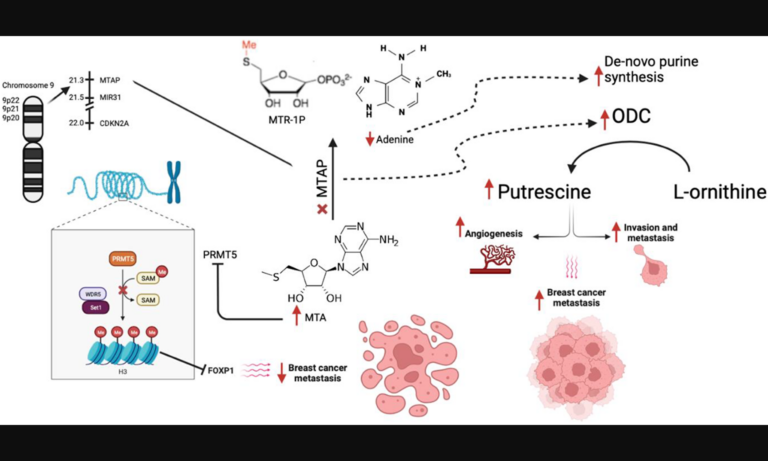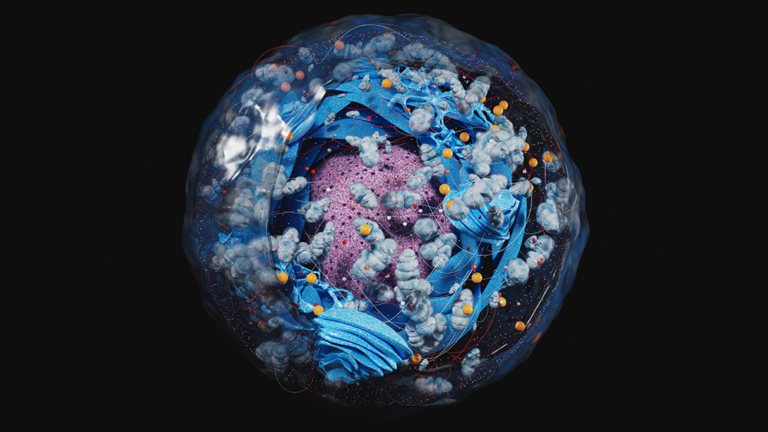“Considering the cost and quality of life to the individual, we believe our study has important implications for management of age-related sarcopenia.”
BUFFALO, NY- March 15, 2023 – A new research paper was published on the cover of Aging (listed by MEDLINE/PubMed as “Aging (Albany NY)” and “Aging-US” by Web of Science) Volume 15, Issue 5, entitled, “AAV1.NT-3 gene therapy prevents age-related sarcopenia.”
Sarcopenia is progressive loss of muscle mass and strength occurring during normal aging with significant consequences on the quality of life for elderly. Neurotrophin 3 (NT-3) is an important autocrine factor supporting Schwann cell survival and differentiation and stimulating axon regeneration and myelination. NT-3 is involved in the maintenance of neuromuscular junction (NMJ) integrity, restoration of impaired radial growth of muscle fibers through activation of the Akt/mTOR pathway.
In this new study, researchers Burcak Ozes, Lingying Tong, Morgan Myers, Kyle Moss, Alicia Ridgley, and Zarife Sahenk from Nationwide Children’s Hospital and The Ohio State University used a triple muscle-specific creatine kinase (tMCK) promoter to restrict NT-3 expression to the skeletal muscle and self-complimentary adeno-associated virus serotype 1 (scAAV1) as vector to assess the therapeutic efficacy of AAV1.NT-3 in wild type-aged C57BL/6J mice, a model for natural aging and sarcopenia.
“Quantitative histopathologic parameters served to address age-related changes in muscle, peripheral nerve and NMJ.”
The treatment efficacy was assessed at 6 months post-injection using run to exhaustion and rotarod tests, in vivo muscle contractility assay, and histopathological studies of the peripheral nervous system, including NMJ connectivity and muscle. AAV1.NT-3 gene therapy in WT-aged C57BL/6 mice resulted in functional and in vivo muscle physiology improvements, supported by quantitative histology from muscle, peripheral nerves and NMJ.
Hindlimb and forelimb muscles in the untreated cohort showed the presence of a muscle- and sex-dependent remodeling and fiber size decrease with aging, which was normalized toward values obtained from 10 months old WT mice with treatment. The molecular studies assessing the NT-3 effect on the oxidative state of distal hindlimb muscles, accompanied by western blot analyses for mTORC1 activation were in accordance with the histological findings.
“When considering the burden of sarcopenia on the lifestyle of elderly, and on the healthcare system, we believe this preclinical study is providing strong support for AAV.NT-3 gene therapy in the successful management of sarcopenia, as a serious and plausible option in the future.”
DOI: https://doi.org/10.18632/aging.204577
Corresponding Author: Zarife Sahenk – zarife.sahenk@nationwidechildrens.org
Keywords: sarcopenia, gene therapy, aging, NT-3, muscle remodeling
Sign up for free Altmetric alerts about this article: https://aging.altmetric.com/details/email_updates?id=10.18632%2Faging.204577
AGING (AGING-US) VIDEOS: YouTube | LabTube | Aging-US.com
About Aging-US:
Launched in 2009, Aging (Aging-US) publishes papers of general interest and biological significance in all fields of aging research and age-related diseases, including cancer—and now, with a special focus on COVID-19 vulnerability as an age-dependent syndrome. Topics in Aging go beyond traditional gerontology, including, but not limited to, cellular and molecular biology, human age-related diseases, pathology in model organisms, signal transduction pathways (e.g., p53, sirtuins, and PI-3K/AKT/mTOR, among others), and approaches to modulating these signaling pathways.
Please visit our website at www.Aging-US.com and connect with us:
For media inquiries, please contact media@impactjournals.com.

